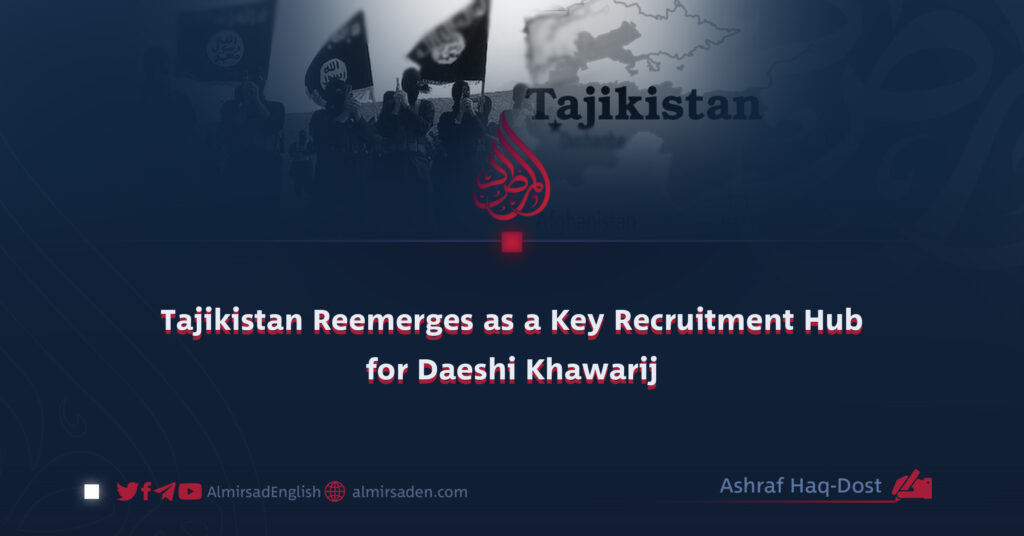Ashraf Haq-Dost
Undoubtedly, the government of Tajikistan functions as a primary sanctuary for the Daeshi Khawarij—a regime that, much like certain Western states, has systematically instrumentalized ISIS to safeguard its illegitimate geopolitical interests.
The involvement of Tajik nationals among Daesh militants killed in Afghanistan, along with the confessions of those captured alive, strongly indicates deep and sustained cooperation between Tajikistan and the group. These revelations point to a pattern of support that is neither incidental nor isolated.
Ironically, while Tajikistan presents itself as an Islamic nation, it is among the most aggressive in suppressing Islamic values and expressions. The regime’s policies have relentlessly targeted Islamic symbols, practices, and voices—often under the pretext of countering extremism.
In In stark contrast, the very militants who emerge from this repressive environment are prohibited from operating within Tajikistan itself. Instead, they are redirected toward neighboring countries—particularly Afghanistan—where they sow chaos, incite sectarian discord, and destabilize the region in service of Islam’s adversaries.
Since the Islamic Emirate’s return to power in Afghanistan, Daesh’s operational capacity has been significantly diminished. Most of its senior operatives have either been eliminated or captured, and its influence has markedly declined.
In response to this setback, the Tajik government appears to have devised a new, insidious strategy. Rather than direct engagement, it now seeks to exploit the virtual space, subtly guiding disillusioned and uninformed Tajik youth toward the ranks of Daesh.
In a significant policy reversal, President Emomali Rahmon recently signed a law decriminalizing social media engagement with content labeled “extremist” or “terrorist”—including liking or commenting on such posts. This legislative shift follows a period during which more than 1,500 citizens were imprisoned for precisely these online activities, with many subjected to harsh punishments for minor digital interactions.
Given Tajikistan’s well-documented hostility toward Islamic symbols and expressions, the sudden repeal of such a law invites serious scrutiny. It raises a critical question for all conscious observers: is this a sincere step toward liberalization and freedom of expression, or a calculated move to facilitate Daesh’s ideological resurgence in the digital sphere?
The evidence strongly suggests the latter. This policy change does not reflect a newfound respect for civil liberties, but rather reflects a broader, covert plan to facilitate the ideological expansion of Daesh in the region—albeit through softer, less visible means.
Now that the Islamic Emirate (IEA) has dismantled Daesh’s physical networks in Afghanistan and restored relative stability, the Daeshi Khawarij are shifting tactics. With the indirect support of Tajik authorities and the exploitation of online platforms, they now seek to infiltrate the minds of vulnerable Tajik youth—rekindling a threat that has not been extinguished, but merely displaced.
